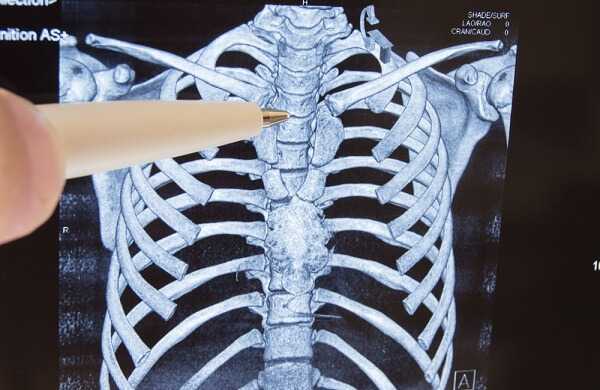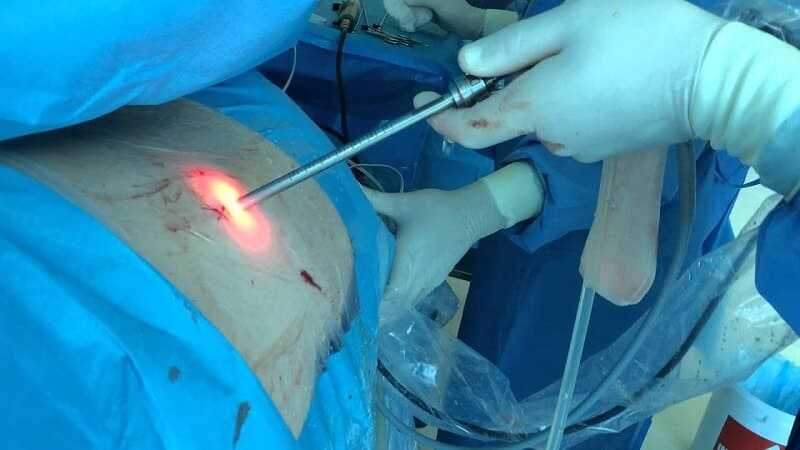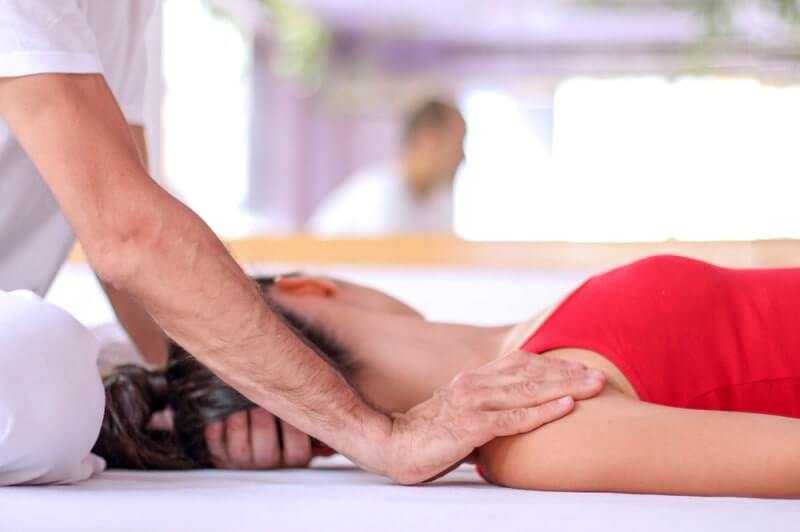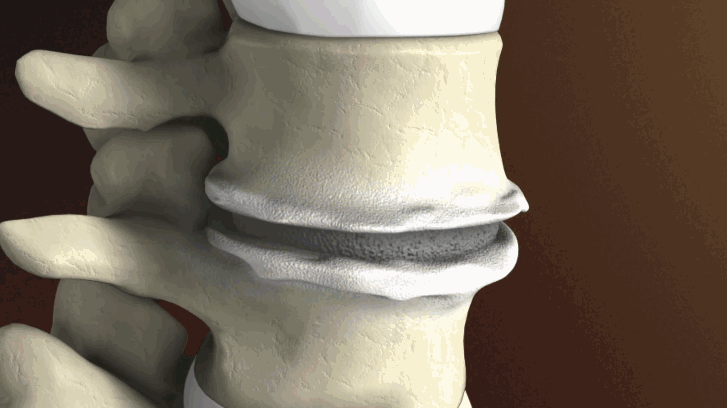Degenerative Disc Disease Relief Ideas And Information
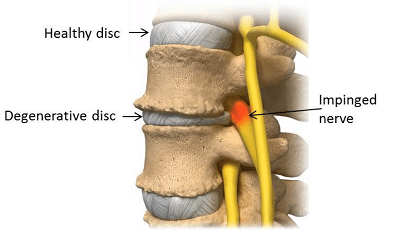
The onset of degenerative disc disease is a common event in the aging process. However, people can present symptoms of varying severity during their lives. Understanding the disease can help people who suffer from significant symptoms to seek proper treatment.

What Is Degenerative Disc Disease?
The name of this disease is derived from the effect that it has on the tissues found between the vertebrae of the human spine. As a person ages, he or she will experience some deterioration of the integrity of these discs. While a healthy lifestyle may slow the process, it is simply inevitable that the parts of the human body wear down. This is especially true of connective tissues that do not have blood supplies as significant as some other tissues.
The spaces between your vertebrae are occupied by tissues known as vertebral discs. These discs provide several services to the entire frame, particularly the axial skeleton. They are soft and compressible. Function essentially as shock absorbers, they allow the spine to bend and contort in all of the normal ways that people expect from their body. These contortions, however, take their toll. Over time, the discs wear away. Not only does this physical erosion affect functionality of the spine but it also causes noticeable pain.
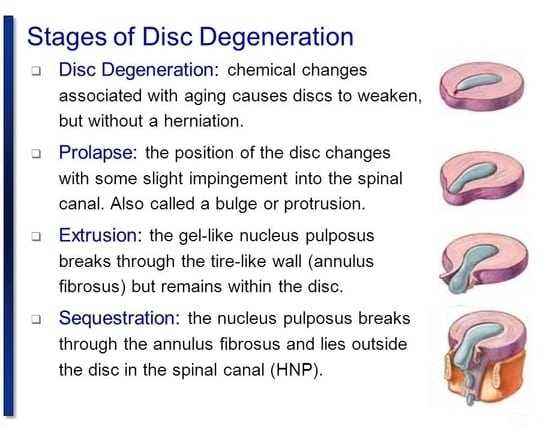
Symptoms
The most immediately noticeable symptom of degenerative disc disease is the pain. This is usually the first thing that people notice. Technically, the degeneration of the intervertebral discs can happen anywhere in the spine. However, it most typically begins in the lower back, radiating from the lumbar vertebrae. The pain is initially noticed when people in advanced stages of the disease try to sit down, stand up, lift anything or twist their torsos.
As time passes, people suffering from this illness notice that the pain spreads to their buttocks and thighs, particularly when they walk. In place of pain, or accompanying it, people may sense tingling in the same tissues. Sometimes people have presented weakness in the knees as additional symptoms.
Prolonged suffering can see the discomfort spread to the cervical spine and the muscles associated with it. The pain spreads into the head, shoulder arms and even hands. In fact, a variant of this disease can interrupt the brain’s blood supply. This can cause vertigo and headaches. In addition, patients have complained of memory loss and the diminishment of cognitive functions. These are not surprising symptoms if the blood supply to the brain is impaired.
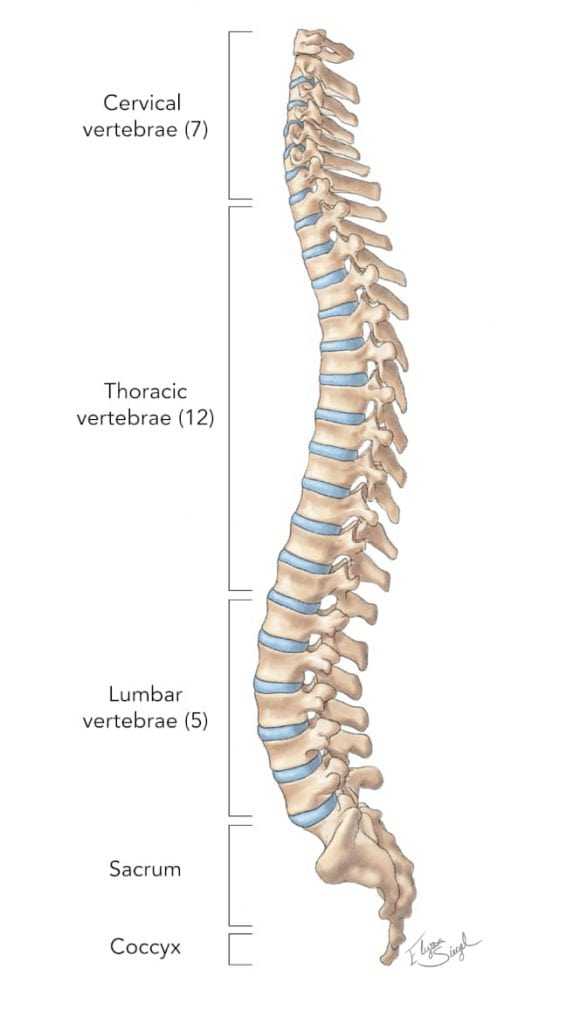
Causes
The discs between the vertebrae are made of fibrocartilage. However, inside of each disc is a gelatinous material which surrounds the spinal cord itself. The vertebrae of patients who complain of this disorder often show thick clusters of chondrocytes. These are special cells which the body produces in order to repair bones. Inflammation is also often present. However, it is not necessary for painful symptoms to develop.
An injury can often accelerate the process associated with degenerative disc disease. However, the exact causes, especially with regard to the pain, remain somewhat mysterious. Researchers know that the nerve endings which insert themselves in to the spinal cord all extend into the outer layers of these discs with different ranges. In such cases, the discs themselves may become a local source of pain perception.
This condition can apparently be exacerbated by the healing process after an injury to this tissue. The scar formation that ensues in the course of tissue repair may envelope the nerves. This can later cause painful inflammation.
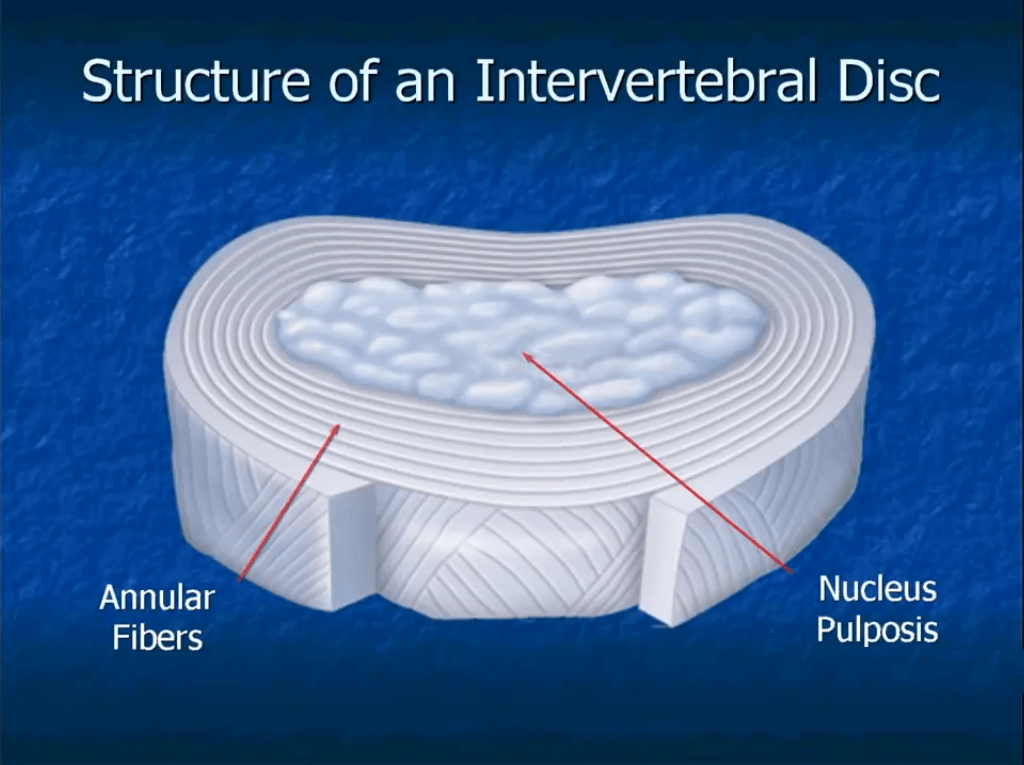
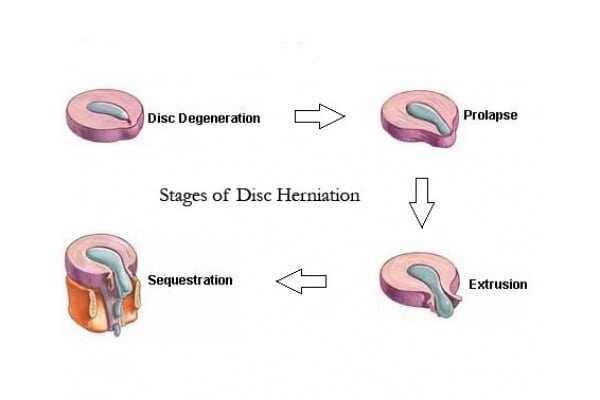
Treatments
The most common treatment initially is to make simple changes to lifestyle. If the problem is not severe, a patient can undertake his or her own exercise regimen and daily choices to avoid worsening the problem. This might mean doing exercises to strengthen the back and avoiding certain tasks, such as lifting heavy boxes, unless absolutely necessary.

Some people with moderate cases may need physical therapy from a professional in order to build up the right back muscles safely. A variety of such therapies, including chiropractic treatment, are available today.
If the problem worsens, as it usually does, doctors may begin to recommend non-steroidal anti-inflammatory drugs (NSAIDs). These can be injected directly into the back.
After the passage of a few months under these treatments, doctors may wish to recommend surgery If the improvements are not significant. When degenerative disc disease actually begins to interfere with walking or standing, spinal fusion of two or more vertebrae may solve the problem. Surgeons can also adjust the shape and size of the vertebrae and the discs in order to minimize suffering.
Degenerative disc disease eventually affects everyone. Increasingly, methods of avoiding it are proving workable for both doctors and patients.. Once the disease is noticed, numerous treatments and solutions can make it seem almost as if the patient did not have a health issue.
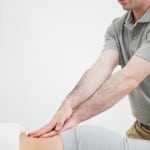
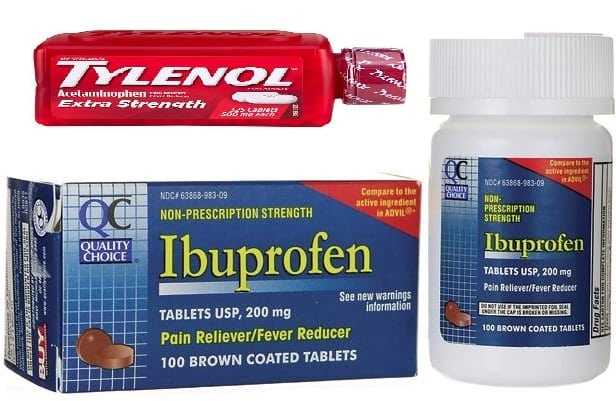
What About Surgery?
Many people are currently being weighed down by spine problems that are causing them a lot of pain and discomfort. Most of these individuals believe that open back surgery is their only solution to this condition. It is essential that you realize that surgery is not the only option that you can use to deal with degenerative disc disease. It can only be recommended when you have exhausted conservative methods of treatment such as physical therapy for about three or four months.
Some of the major symptoms that are felt by a person suffering from disc disease include chronic pain at the thigh, hip and lower back when walking as well as standing. Such a person would also have a hard time bending the body down to either the front or the back. The aforementioned symptoms are actually very common among the old people. Some people who are suffering from this ailment only feel pain after disc slippage while others feel nothing till they attempt to carry heavy objects. Although disc disease is very common among the old, this does not necessarily mean that it does not affect young people. Cases such as simple lifting accidents as well as trauma have been known to cause the aforementioned ailment. The trauma causes damage to the spinal discs and then they lose water which leads to dehydration. As a result, the discs cannot effectively perform their functions as shock absorbers in between the vertebrae. These spinal discs cannot heal quickly due to the fact that there is minimal supply of blood to the discs.

